New mid-range from Qualcomm, or 'maybe not?'
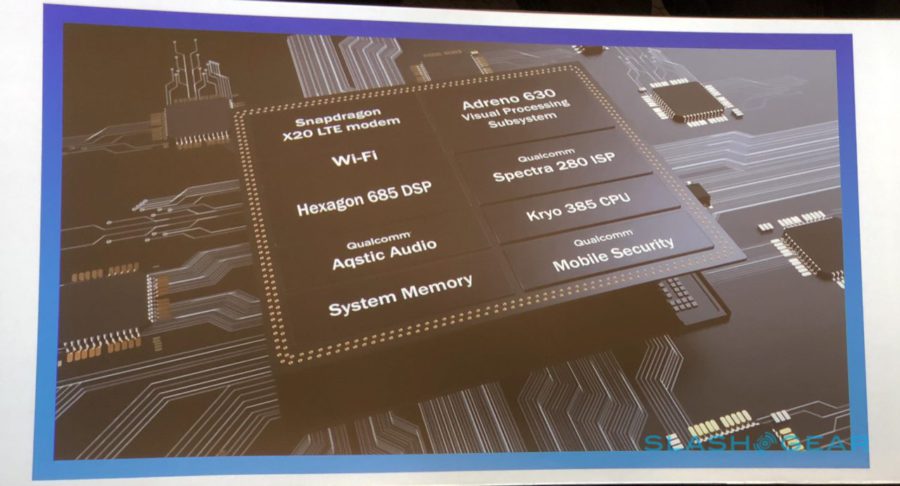
The end of summer and autumn is the best time to take stock of the year. Results of the release of new mobile platforms. Everything that at the end of last year existed only on paper in the bowels of Qualcomm and Samsung, HiSilicon and MediaTek is fully present on the market, tested and studied. So, it's time to see where the developers are looking, and to approach the choice of a new smartphone in terms of studying its iron component.

The topic itself is very broad, so the starting point was chosen in the form of Qualcomm mobile processors for smartphones of the middle price segment. We are talking, of course, about the 600 series of processors, the work of older modifications of which will satisfy even the most demanding perfectionists.
SDM 630
The chipset has been in Qualcomm's portfolio since 2017 and is still offered to the company's customers today. Consider it as an overclocked version of low-end chipsets, such as the SDM 435, still found in smartphones under RUB 10,000. Before us is a bored design of two clusters of four Cortex A-53 cores, which have not undergone any changes from Qualcomm. All the differences in the processor part boil down to a slightly higher clock speed of the cores (2.2 GHz in the SDM 630 versus 1.4 GHz in the SDM 435) and the video chip. Other fundamental differences come down to the use of a faster LTE modem and support for the new Quick Charge ™ 4 fast charging system (versus version 3 in SDM 435).
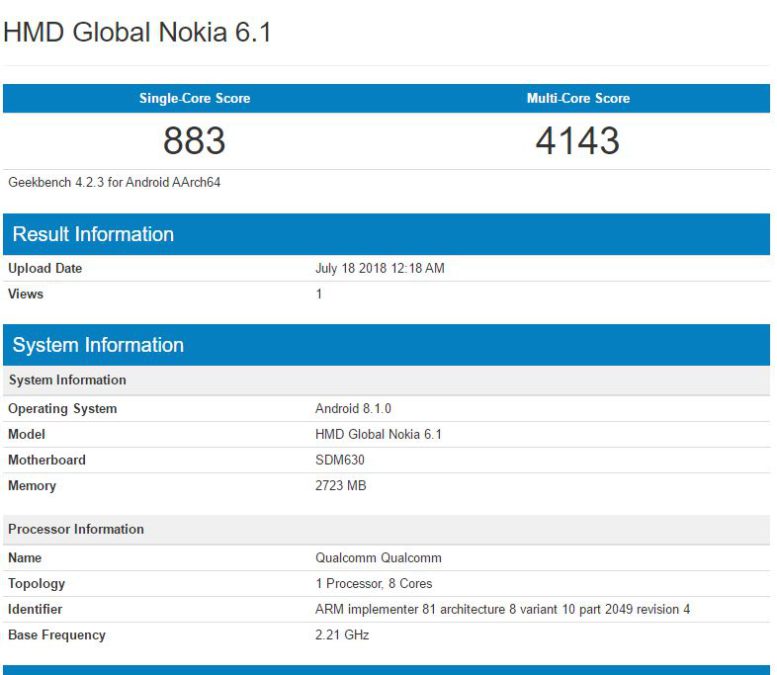
The processor is downright boring, offers no innovation and is about to leave the scene. To recommend a smartphone with such a chipset to a lover of mobile games for purchase is really not worth it. The price will be unreasonable in any case.
The processor shown here is solely for comparison of the last two generations of Qualcomm's 600 series and is not new.
SDM 632
No sooner had this processor appeared (a month ago), as an almost detective story took place around it. The fact is that before its presentation and the appearance of the results of the first tests, Qualcomm was actively offering the SDM 636 processor, which came out a little earlier. What is the intrigue?
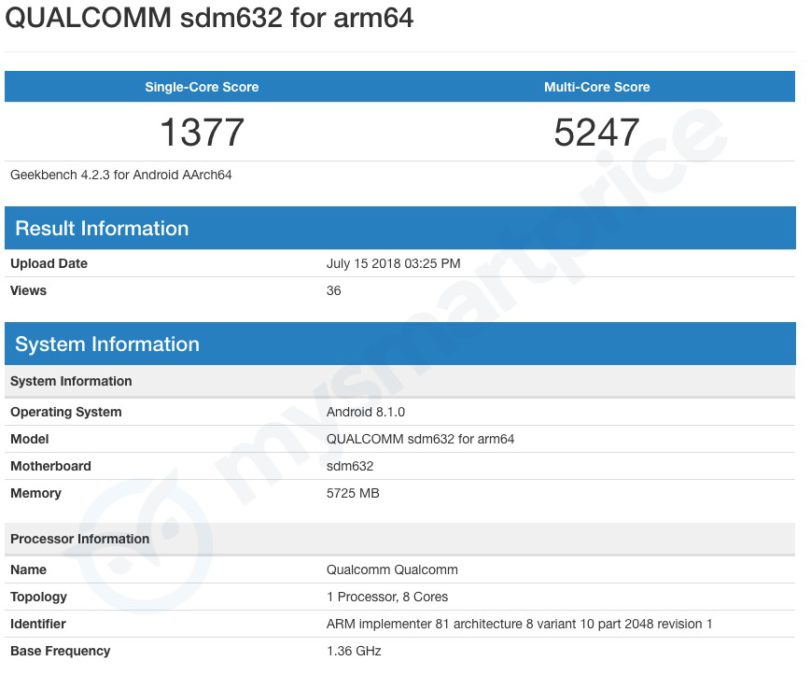
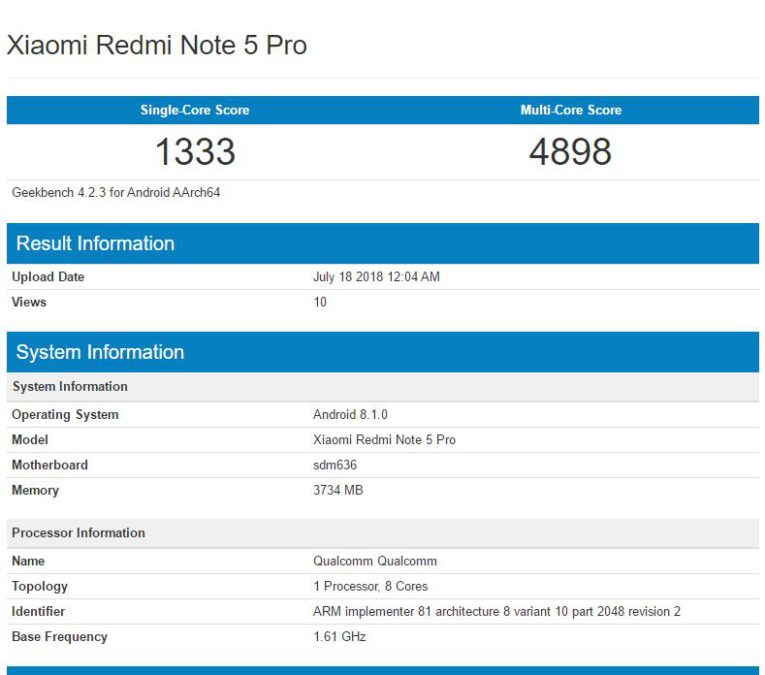
As you can see from the test screenshots, the new SDM 632 processor turned out to be 5-10% more productive than the 'older' SDM 636. The answer lies in the use of Qualcomm's proprietary technology, which is a tuning of standard ARM cores called Kryo ™. There is actually no information about which cores are installed here, but, most likely, these are two clusters of four Cortex A-55 and A-75 cores versus A-53 and A-73 in SDM 636, which cut the maximum frequency to 1.8 GHz and named Kryo ™ 250. This is the only explanation for the increased performance, all other things being equal. The limiting factor for the chipset's top-notch quality is the outdated Adreno 506 graphics accelerator, which looks like an atavism against the background of the Kryo ™ 250.
Nevertheless, most modern mobile games will work without problems at maximum graphics settings, and there will be no complaints about the interface speed Android.
SDM 670
The senior mid-range processor from Qualcomm is radically different from its neighbors for the better. Combat processor Kryo ™ 360, operating at 2.0 GHz, and video accelerator Adreno 615 are almost the ultimate solutions.
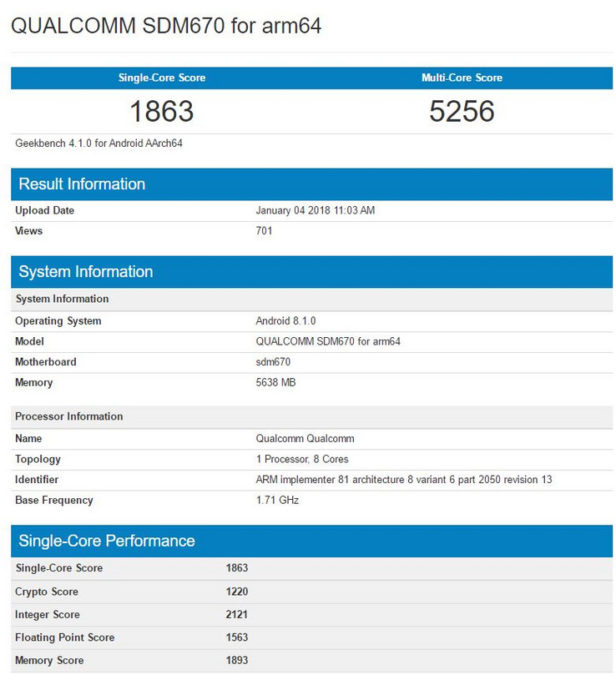
The performance of the new processor exceeds the Snapdragon 821 and is close to SDM 835. Any games and heavy applications will not be a problem for the SDM 670. To achieve an even greater lead, Qualcomm is officially adding full support for Qualcomm® Artificial Intel ligence to the processor's capabilities (AI). This is a set of proprietary technologies that covers all areas of human interaction with a smartphone. From processing and filtering voice, interacting with things like the smart city, navigation, quick user authentication (by various methods), smart battery management, and ending with photo processing.

The curious will find the entire list of improvements in the presentation of the 'Qualcomm Artificial Intelligence Engine'.
It remains only to say that all these things, in principle, existed before. And all the innovations boil down to the fact that all calculations occur almost instantly, thanks to the computing “triplet” that Qualcomm has harnessed to their sleigh. These are CPU, GPU and DSP, between which a complete mutual understanding has been established, computations are distributed and which have expanded specialization.
conclusions
With the release of the next generation of Qualcomm 600-series processors, the confusion that reigns within the company is visible. The manual declares 'junior' processors, which are more productive than 'senior' ones. It is trying to add artificial intelligence functions to the middle segment, although it is clear from the processor hardware that it needs a 'top-end' processor to solve AI tasks. And such a processor cannot cost 'average', completely knocking the smartphone out of the 'middle' segment. And it’s just as difficult to imagine that a buyer in a communication salon would ask the seller: “Can you please recommend a smartphone with Qualcomm® Hexagon ™ 685 DSP, they say they are smart”, despite the fact that this is already more than appropriate. “Cleverness” is clearly manifested in Qualcomm's presentations: where a few years ago there were graphs and arrows, clearly tearing performance percentages, now the brain reigns. Perhaps brain imaging wherever possible will become the new trend that will replace multi-core, 'bright youth' and 'stylish'. Is it good?

Please express your opinion, do you agree with the conclusions?
